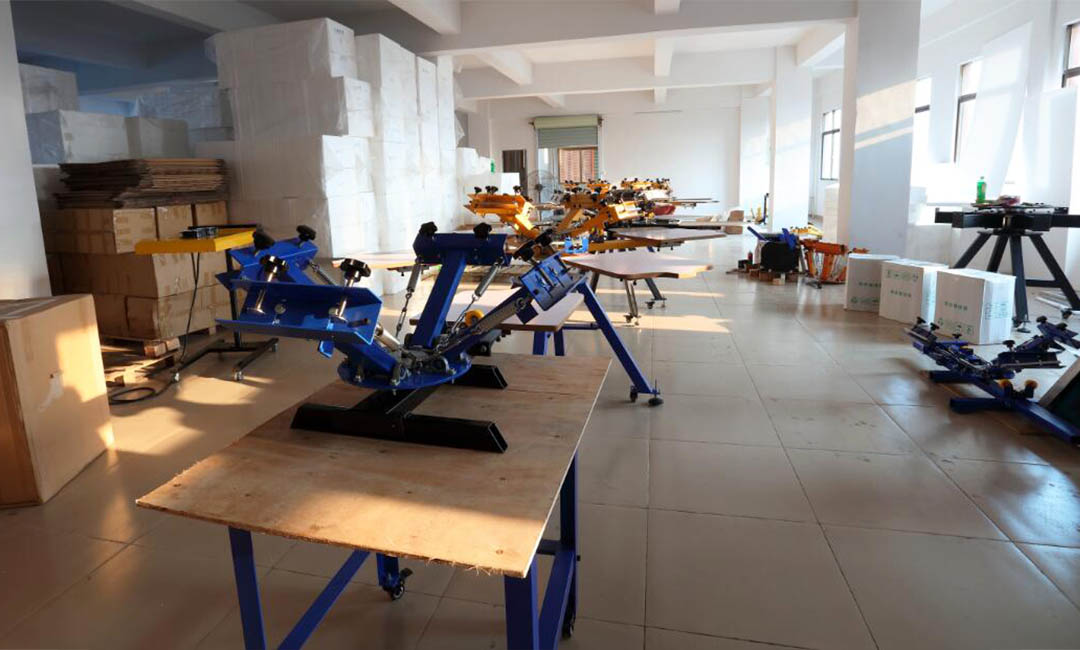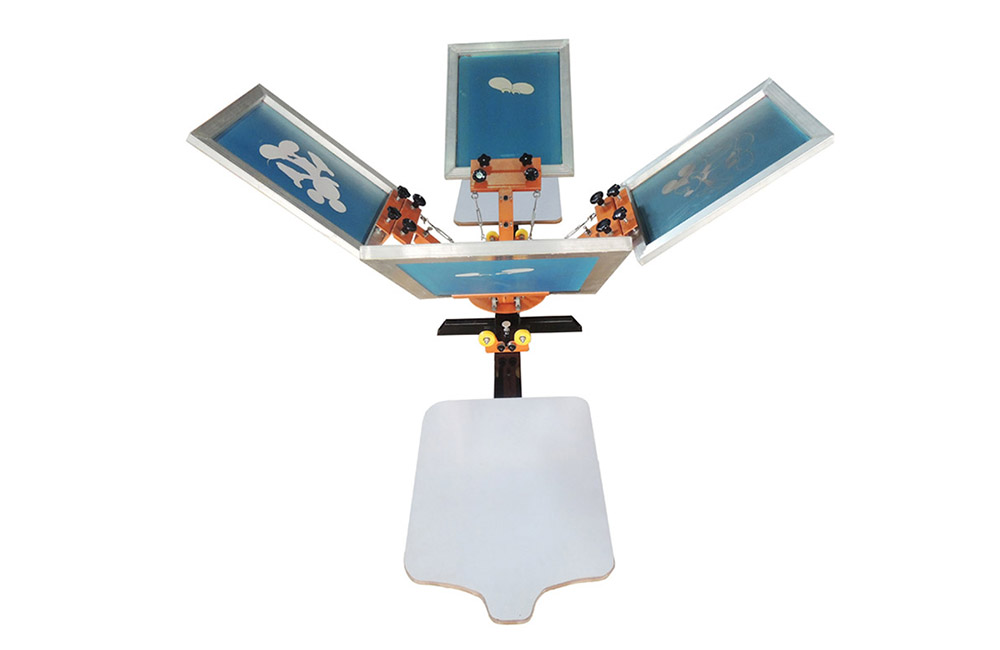How to Choose Between a Manual and Automatic Screen Printing Press
Pros and Cons of Manual Screen Printing Press
Screen printing is a popular method of printing designs onto various surfaces, such as t-shirts, posters, and other promotional items. When it comes to choosing a screen printing press, one of the key decisions you’ll need to make is whether to go with a manual or automatic press. Each type of press has its own set of pros and cons, so it’s important to carefully consider your needs and preferences before making a decision.
Let’s start by looking at the pros and cons of a manual screen printing press. One of the main advantages of a manual press is its affordability. Manual presses are typically less expensive than automatic presses, making them a great option for small businesses or hobbyists who are just starting out. Additionally, manual presses are relatively easy to set up and operate, making them a good choice for beginners who may not have a lot of experience with screen printing.
Another advantage of manual presses is their versatility. Manual presses can be used to print on a wide range of materials, including fabric, paper, and plastic. This makes them a great option for businesses that need to print on a variety of surfaces. Manual presses also allow for more control over the printing process, which can be beneficial when working with intricate designs or specialty inks.

However, there are also some drawbacks to using a manual screen printing press. One of the main disadvantages is that manual presses require more physical labor than automatic presses. This can be tiring and time-consuming, especially when printing large quantities of items. Additionally, manual presses are typically slower than automatic presses, which can impact productivity and turnaround times.
Another potential downside of manual presses is that they may not be as consistent as automatic presses. Manual presses rely on the operator to apply consistent pressure and speed when printing, which can lead to variations in print quality. This can be a problem when printing large orders or when working with detailed designs that require precision.
In conclusion, manual screen printing presses have their own set of pros and cons. They are affordable, versatile, and offer more control over the printing process. However, they require more physical labor, can be slower than automatic presses, and may not always produce consistent results. Before choosing a manual press, it’s important to carefully consider your needs and preferences to determine if it’s the right option for you.

Pre: How to Start a Screen Printing Business with Minimal Investment
Next: The Best Screen Printing Machines for High-Volume Production
Tags: